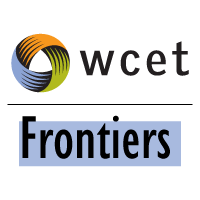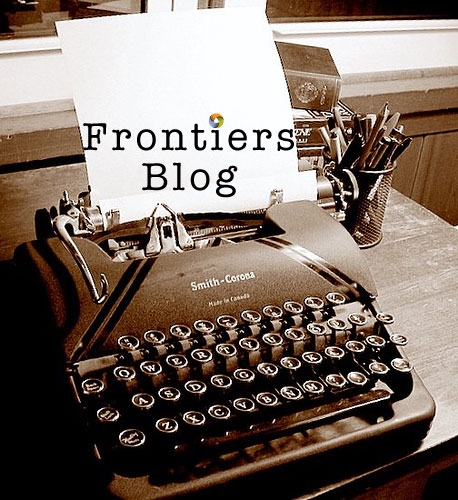Okay, I have to confess that I created the title for the December 7 webcast “Clarifying New Federal Regulations on State Approval for Distance Education.” I really appreciated the willingness of Fred Sellers from the U.S. Department of Education (USDOE) in interpreting the new “State Approval” regulations for us. While we learned much, the number of calls I’ve had on this issue since the event tells me that perfect “clarity” was not achieved. Okay, so I reached high with that title.
As a result of these conversations, I’ve created a web page that includes a link to the webcast archive and basic information about this issue. I will continue to update the page, as I learn more.
Below are highlights from conversations with Fred Sellers, representatives from other organizations, and other interested folks. These items highlight activities that are in-the-works, planned, or just-plain-old-ideas:
- Clarifying Letter. The USDOE is working on a letter addressing some (but probably not all) of the issues that are still requiring clarification. This letter will cover the “State Approval” issue and other regulations released in late October. Expect the letter to be released in January.

- Chronicle of Higher Education Article. I had an extensive conversation and several e-mails with Kelly Field who wrote “State-Oversight Rule Draws Protest from Colleges and Congress.” The article gives a good overview of the issue.
- Congressional Intervention? Given comments by Senator Enzi in the Chronicle article and Senator Harkin on the Senate floor, there is some belief that legislation might be introduced on this issue. What the legislation would do is up for question. I’ve had initial conversations with the organizations in the next bullet and Bruce Chaloux from Sloan-C’s board about our organizations working together on taking a position on this issue. If you have more information on any legislation in the works, let me know.
- Rules Vary by State. We had several questions about the particulars of receiving state approval, such as: Is approval by institution or program? What constitutes ‘operating’ or ‘physical presence’ in a state? Do I have to renew every year? How does accreditation factor in? The answer to this, and many similar questions, is that it depends on the rules of each state. For your institution, you need to learn what the rules are in each state.
- THE List. There were several questions during the webcast asking where to find a list of state approval agencies. I have had many conversations on this issue. While some efforts are in the works, I worried that they would not produce results until late Spring. The Southern Regional Education Board, the American Distance Education Consortium, and the University of Wyoming are assisting in creating a basic state-by-state list. While this list won’t provide complete information on this issue, we are hoping to provide enough information by the end of January for distance education institutions to begin tackling this issue. I’ve also heard from my friends in the State Higher Education Executive Officers that the USDOE may be reconsidering its decision NOT to make a list. That’s good news. Also, watch for an offer from the Dow Lohnes law firm for a discount to WCET members on their updated report regarding approval regulations for each state.
- Creating a Model Interstate Compact. In case you missed it, the Presidents Forum of Excelsior College and the Council of State Governments recently announced a two-year grant from Lumina Foundation for Education. From the announcement, they will : “develop a model interstate compact that provides a basis for more rational and efficient state approval of online programs, protects consumers and addresses barriers to student success. A common set of rigorous standards also would support the national agenda calling for increased degree completion among adults.” Paul Shiffman of Excelsior College has agreed to write a blog post about their plans.
- Twitter Hasthag. Thank you to Ellen Marie Murphy of Plymouth State University for asking about a hashtag to help you follow this issue on Twitter. We agreed to use #stateapp.
That’s enough for now. I’ll continue to update you on what we are doing and what I’ve learned. Let me know if you know of other efforts that should be reported.
Wishing you happy holidays and a fruitful new year.
Russ Poulin
Deputy Director, Research & Analysis
WCET
rpoulin@wiche.edu








